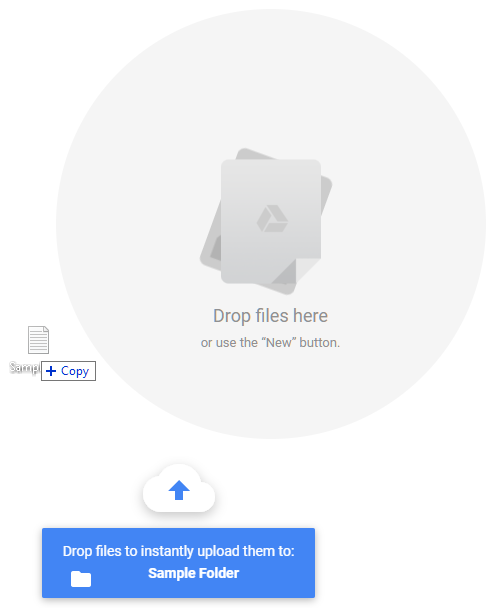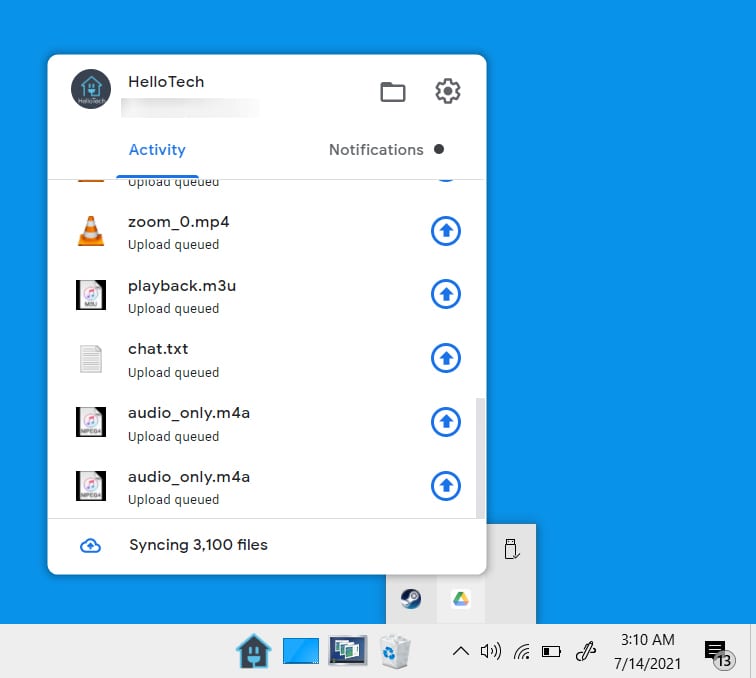
If you take a closer look, you’ll see that while both value file access convenience, Drive for Desktop has a greater focus on ensuring that users are working more around the cloud, offers more granularity in terms of sync capabilities, and provides better control over your cloud content. While Backup and Sync is mostly used to sync and store Drive locally on your computer, Drive for Desktop streams all your content from the cloud. Google Backup and Sync and Drive for Desktop have essentially the same objective: to provide a sync solution where users can access their files in a much more convenient way. While Drive File Stream is essentially the same with Drive for Desktop, Backup and Sync users need to note some key differences (and similarities) between the past features and today’s Drive for Desktop functionalities to adopt the new solution more easily. This tool will address IT management challenges caused by the confusion between their two previous sync solutions, Drive File Stream and Backup and Sync. If you need help with your HostPapa account, please open a support ticket from your dashboard.Google recently announced a unified sync solution for all their users called Drive for Desktop. Open the Drive app on your smartphone or tablet.Install the Drive app from the Play Store (Android) or App Store (iOS).

How to access Google Drive from a mobile or tablet device: You can access Google Drive on the web or install one of the third-party clients. Note : You won’t be able to backup and sync using the Linux operating system as Google doesn’t provide the official client. The default path to find your Google Drive folder is: When you install Google Drive, the folder will be saved in a default location on your computer unless you choose to save it in a specific folder.


Once your files have synced, you can access them from any browser on any device. If you work on the road or often use different devices other than your home computer, you’ll want to make sure you know how to access Google Drive files from anywhere.


 0 kommentar(er)
0 kommentar(er)
